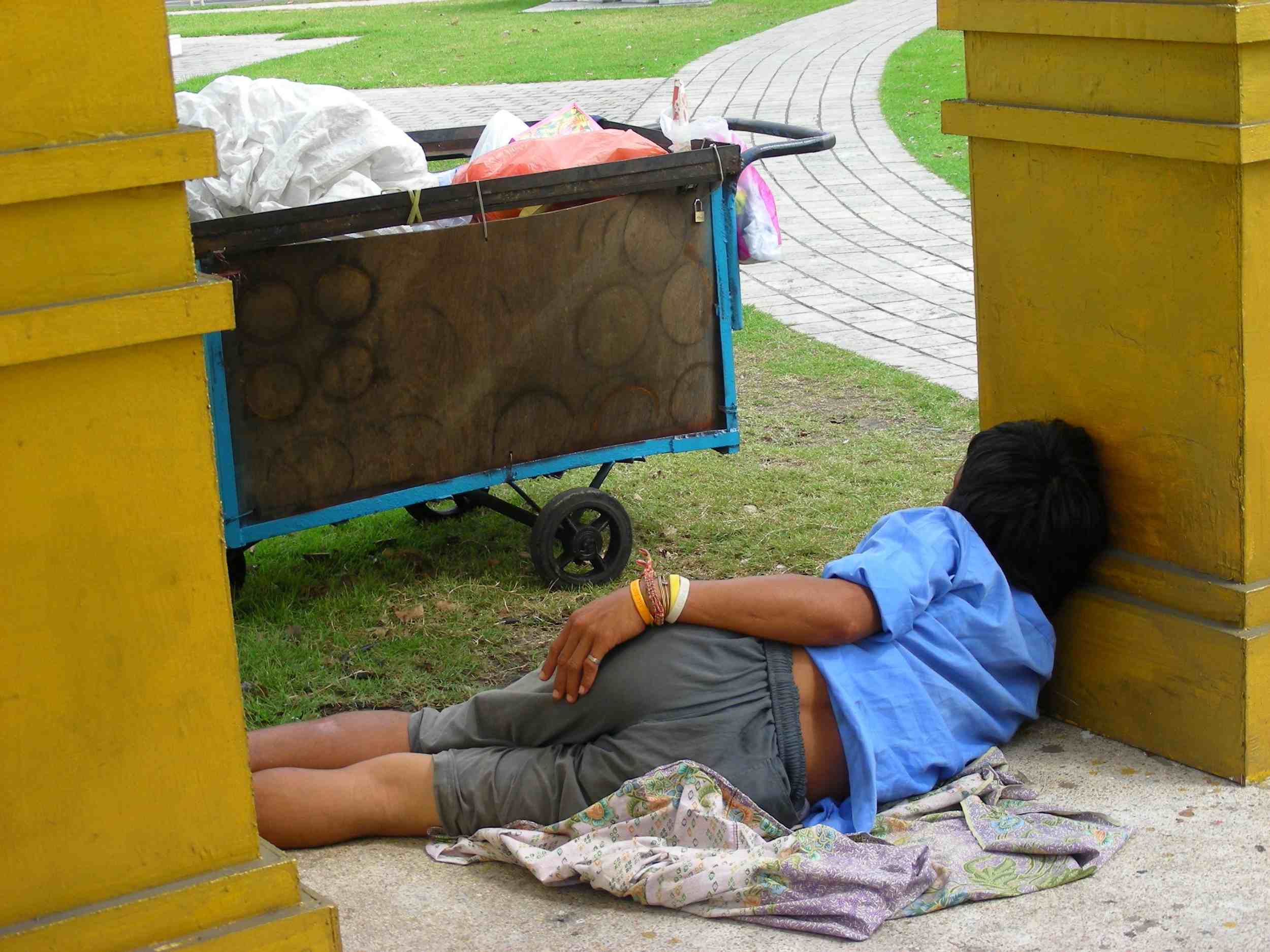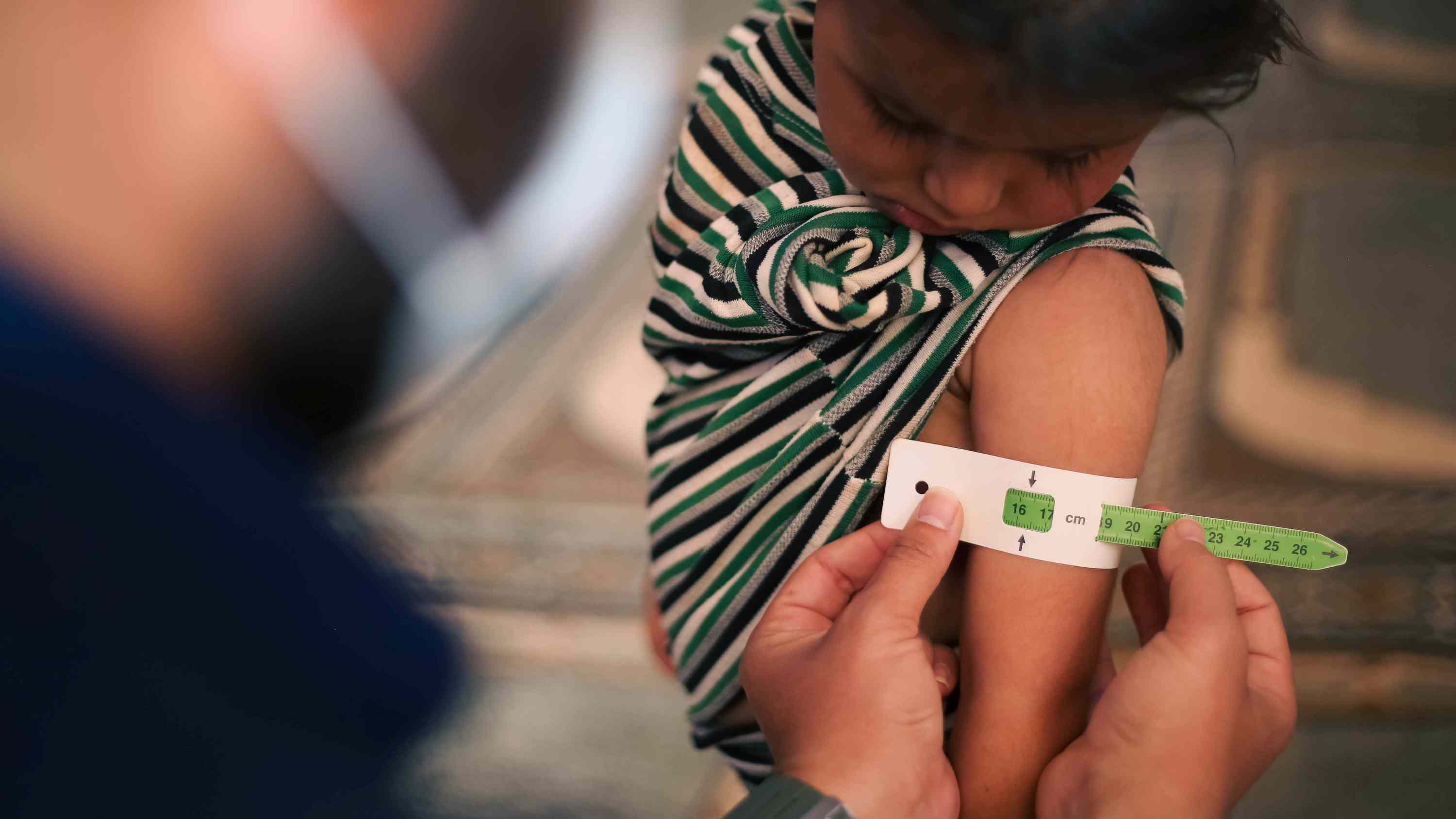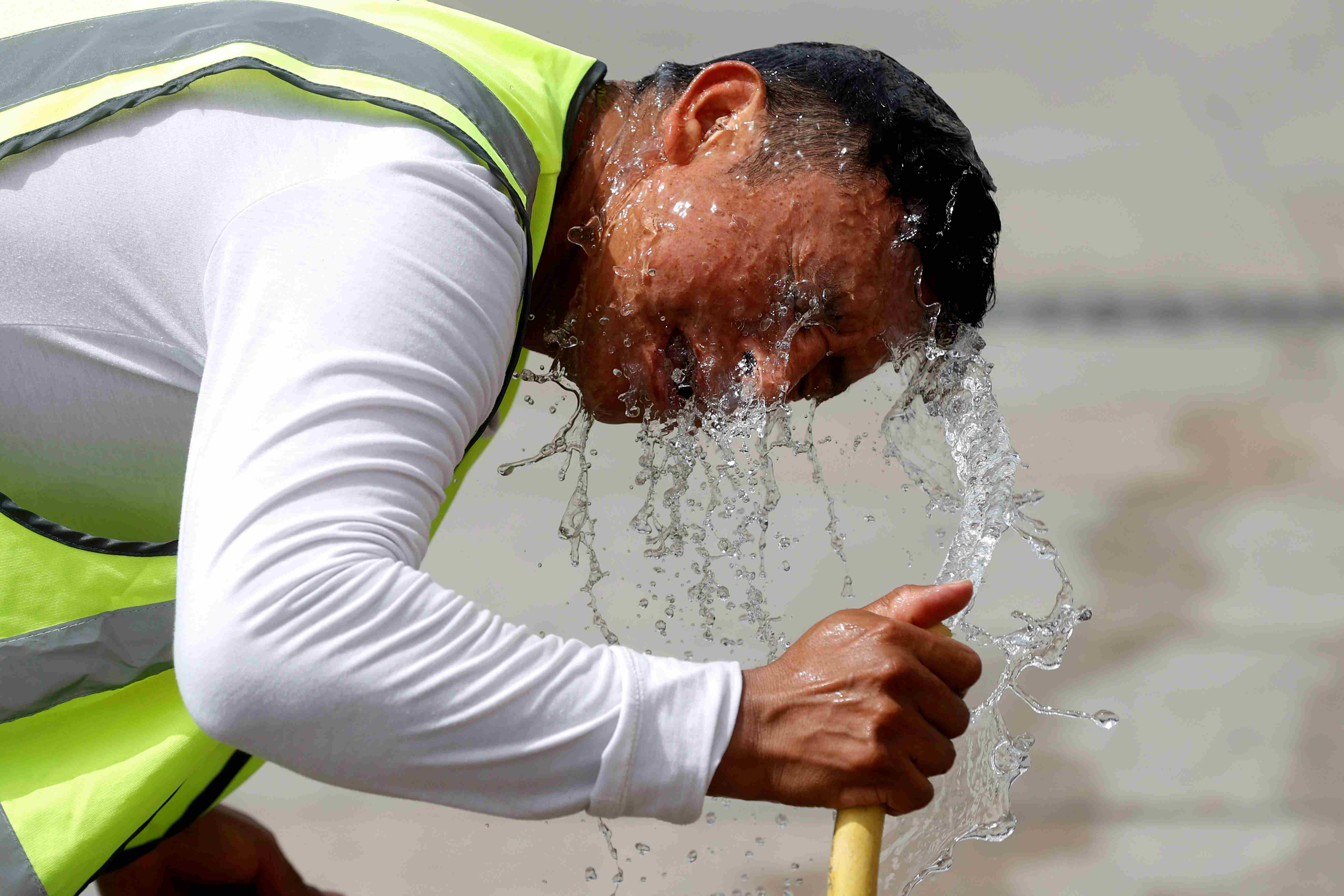A series of articles warns about the threat of ultra-processed foods to public health
Three articles with Spanish participation, published in The Lancet, review the evidence that ultra-processed foods are worsening diet quality and displacing the consumption of fresh and minimally processed foods. Furthermore, they warn that their consumption is linked to a higher risk of multiple chronic diseases. According to the authors, who also review the associated policies and commercial factors, only a coordinated global response can combat the strategy of the companies that market these products.









